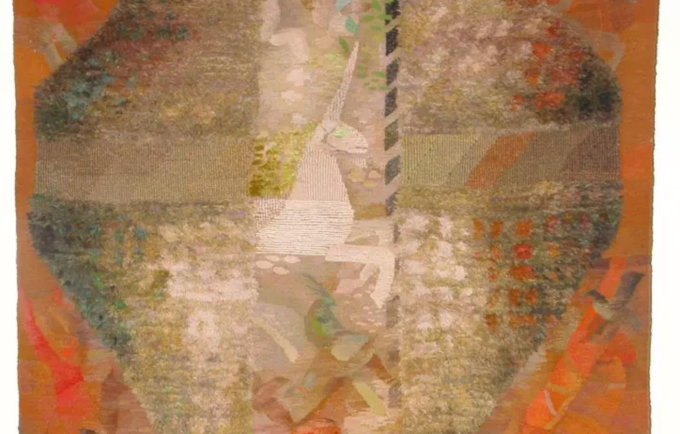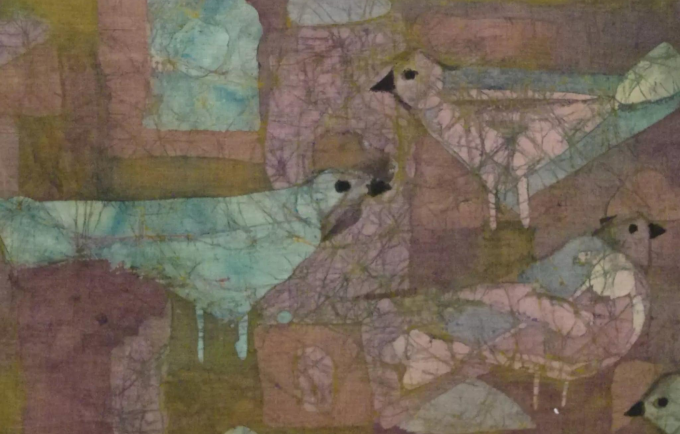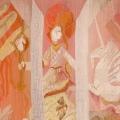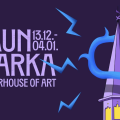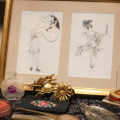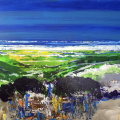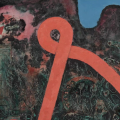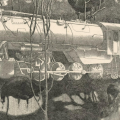Georgs Barkāns (1925–2010) was one of the most influential figures in the heyday of Latvian textile art, which began in the late 1960s and continued until the restoration of independence. Textile art emancipated itself from its traditional status as applied art, becoming modern, imaginative and expressive. Barkāns made a significant contribution to these processes.
Georgs Barkāns' path to the field of textiles was atypical: he learned to weave after studying painting at the Art Academy (1946–1949) graduated from the Faculty of Architecture at the University of Latvia under Ernests Štālbergs (1945–1952) and began working as a lecturer at the Riga Secondary School of Applied Arts (from 1958). The artist developed his own characteristic compositional principles and cultivated a rich and nuanced color palette. Barkāns' figures were highly stylized, and his arrangement of space was abstract, derived from basic geometric elements—squares, circles, triangles—often using optical symmetry. The themes of his works were filled with historical references to, for example, Latvian ethnography, Riga's architectural heritage, and often ventured into the field of mythology. The masters were particularly fascinated by the image of the unicorn – Barkāns paraphrased the classics of European textile art, a series of 14th–15th century tapestries by unknown authors, which the artist had the opportunity to see at the National Museum of the Middle Ages in Cluny, France.

